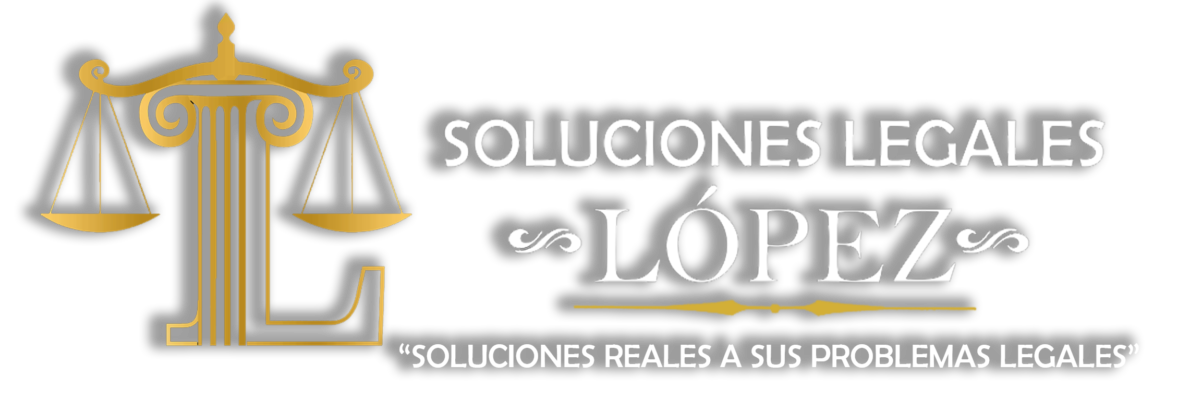Our work has been directly cited by organizations including MarketWatch, Bloomberg, Axios, TechCrunch, Forbes, NerdWallet, GreenBiz, Reuters, and many others. We follow ethical journalism practices, which includes presenting unbiased information and citing reliable, attributed resources. Much of our research comes from leading organizations in the climate space, such as Project Drawdown and the International Energy Agency (IEA). Carbon Collective partners with financial and climate experts to ensure the accuracy of our content.
But they could be revalued and present in the Financial Statement. The entity could measure the transactions and event in its own country currency if that currency is stable and internationally recognized. The following is the detail explanation of the monetary unit assumption. Maestro also has a skilled group of programmers that has developed a hit software app that can produce original pop music hits on demand.
📆 Date: May 3-4, 2025🕛 Time: 8:30-11:30 AM EST📍 Venue: OnlineInstructor: Dheeraj Vaidya, CFA, FRM
This is due to the limitation imposed by the monetary unit assumption. Suppose IJ&K Creatives has very talented, skilled, and passionate designers and animators. The company cannot record them as their assets under the monetary unit assumption.
How Does Monetary Unit Sampling Work?
Due to inflation in the economy, the current fair value of the land is $40,000. However, there are different assumptions if the misstatement is more or less than the sampling interval. In the later stage, Maximum Tolerable Taintings (%) is determined by dividing the misstatement (over or understatement) by the book value of the sample item. For example, if the book value of sample #21 is 1000, and the overstatement is 25, then tainting is 40%. However, the concerned person tries to select a larger sample and ignore the smaller ones.
What is the monetary unit assumption?
Monetary unit sampling is appropriate for use with substantive or misstatement testing. By biasing larger amounts, monetary unit sampling provides a high level of assurance that all significant amounts in a population are subject to testing. When testing for misstatement, it is the larger amounts that present the greatest risk of containing a material error.
Training Staff
- Without monetary measurement, we will not be able to communicate financial information to readers.
- Each dollar transaction has an equal chance of being included as a sample.
- It can serve as a reference point for value and prices, giving the market a vocabulary of value.
- One problem with the monetary unit assumption is that it disregards the effects of inflation when recording.
- Gresham’s law is the concept of money which is undervalued or money that is more stable in value (good money) versus money which is overvalued or loses value rapidly (bad money).
This method is also used to estimate the percentage of missing values. One common example of a monetary unit principle is the ABC School scandal. This scandal has caused many parents to boycott the school, but the school does not report the loss on its financial statement. However, after thirty years, the building could be worth $1,000,000! In other words, the monetary unit principle does not concern itself with inflation, but rather with how money can be measured without a sudden and drastic currency value swing. By requiring that all transactions be recorded in monetary terms, this principle simplifies the accounting process.
Generally, the more valuable a commodity becomes, the less it will be worth. This principle essentially dictates that the more valuable a commodity is, the more likely it will disappear from circulation. Thus, a more valuable commodity will gradually become worthless and eventually vanish from circulation. Intangible assets like brand value or intellectual property often do not get recorded under this principle unless acquired through purchase.
- In the later stage, Maximum Tolerable Taintings (%) is determined by dividing the misstatement (over or understatement) by the book value of the sample item.
- Similarly, an organization cannot express the skills of an individual in dollars.
- Our writing and editorial staff are a team of experts holding advanced financial designations and have written for most major financial media publications.
- By ignoring inflation and market trends, this principle can lead to inaccuracies in financial statements.
- This comparability is essential for stakeholders who analyze financial performance over time.
Moreover, the monetary unit assumption facilitates international business transactions. This means that companies can be more transparent and comparable in their financial statements, regardless of their location. The monetary unit principle also assumes that the value of the unit of currency in which you record transactions remains relatively stable over time. The assumption fails completely if an entity records transactions in the currency of a hyperinflationary economy. When there is hyperinflation, it is necessary to restate a company’s financial statements on a regular basis. The monetary unit principle requires that businesses report all transactions in terms of currency.
The monetary unit principle is straightforward and easy to implement. Recording transactions based on original costs simplifies bookkeeping processes and reduces complexity in financial reporting. When financial statements adhere to the monetary unit principle, stakeholders can make more informed decisions based on accurate and relevant data.
Simplifies Financial Reporting
A multinational company, however, may maintain accounts in dual currencies. The basic assumption for the law is that both currencies (good & bad money) are acceptable media of exchange, are easily liquid, and available for use simultaneously. Because people will prefer to hold the good money & use bad money to transit business as good money has the potential to be worth more than its face value. Then bad money is considered to have equal or less intrinsic value compared to its face value. At the same time, it is believed that good money has greater intrinsic value or more potential for greater value than its face value. Gresham’s law is a monetary principle stating that bad money drives out good.
In contrast, the money supply is a broad term that encompasses a country’s entire supply of money. The field has an absolute value of $11.75, and therefore contains 1,175 monetary units. For a hands-on introduction to the end-to-end process of monetary unit sampling in Analytics, see Monetary unit sampling tutorial. To select your next invoice to sample, add the sampling interval of $3,125 to your random number of $556. Brandy’s Grill at $2,730 cumulatively is under $3,681, so skip past Brandy’s to Buddy’s. Follow the same procedure you use for Best Friends to find the Buddy invoice with the 3,681st dollar.
ABC School has been headlined in a scandal and many parents have boycotted the school in protest. ABC School does not report a loss at all on its financial statements because of the monetary unit assumption, even though it might have experienced a decrease in revenue. Since a boycott is not considered a business transaction, the monetary unit dictates that ABC shouldn’t report anything. Monetary unit sampling is a common method of selecting a sample from a population. In monetary unit sampling, a sample of a specific size is selected, and the proportion of these units that are misstated is estimated. Misstatements in the sample are then modified according to the number of misstatements found.
It helps accountants maintain consistency and clarity in financial statements. Auditors use monetary unit sampling, also called probability-proportional-to-size or dollar-unit sampling, to determine the accuracy of financial accounts. With monetary unit sampling, each dollar in a transaction is a separate sampling unit. Auditors usually use monetary unit sampling to sample and test accounts receivable, loans receivable, and inventory. The monetary unit is a simple and universally recognized basis for communicating financial information. It is the most appropriate and effective basis for recording, communicating, and analyzing financial data on the basis of which rational business decisions can be made.
You go through these ordered invoices (usually the invoices are ordered by date) to find the invoice with the 556th dollar. For example, in 2015, the entity purchased fixed assets value 5,000 USD and then in 2016, there is inflation. By recording in US dollar (USD), it enables the companies to compare their financial statement. The company look at the business event and translate it into USD, EUR, or YEN and make a proper recording into the book. Without monetary measurement, we will not be able to communicate financial information to readers. Monetary unit assumption assumes that business transactions can be expressed in terms of units of currency without adjustment for inflation.
Inflation is a general increase in the prices of goods and services in an economy. This means that the purchasing power of a currency diminishes over time as the cost of goods and services rises. Although monetary unit and attribute sampling are statistical methods, they have distinct features. The monetary unit example former is a type of variable sampling that selects a few samples and finds the total population value. In contrast, the latter calculates the proportion of items in a population with similar characteristics.





